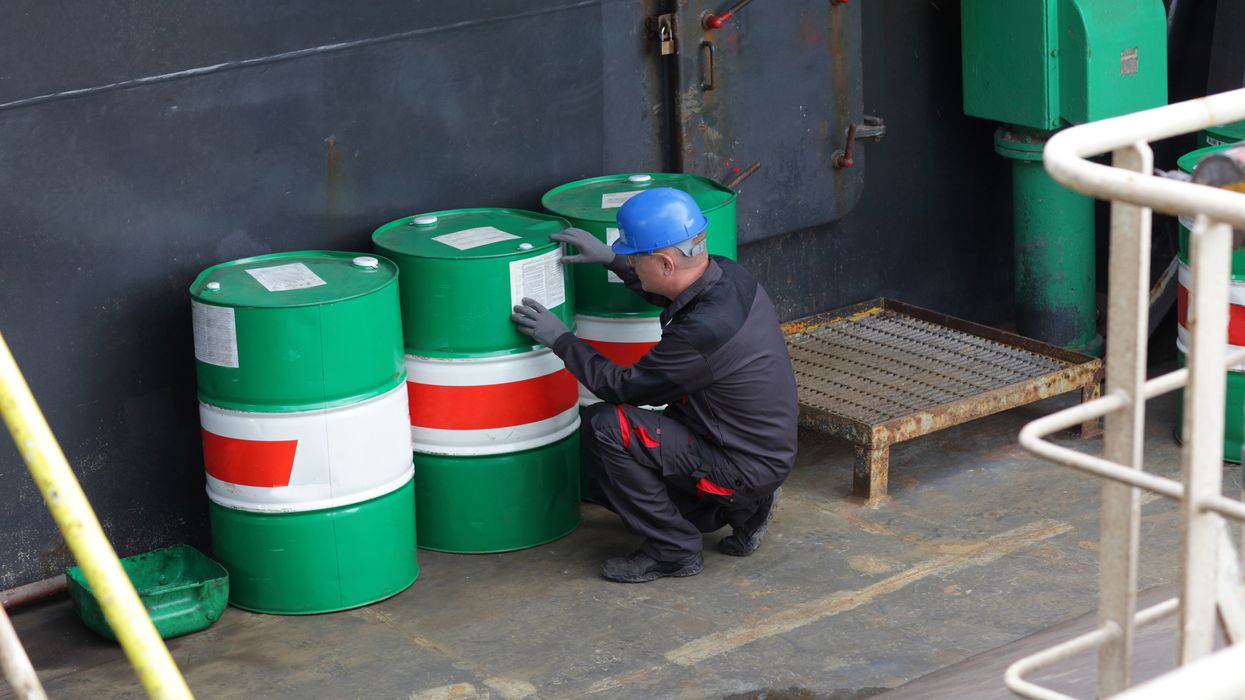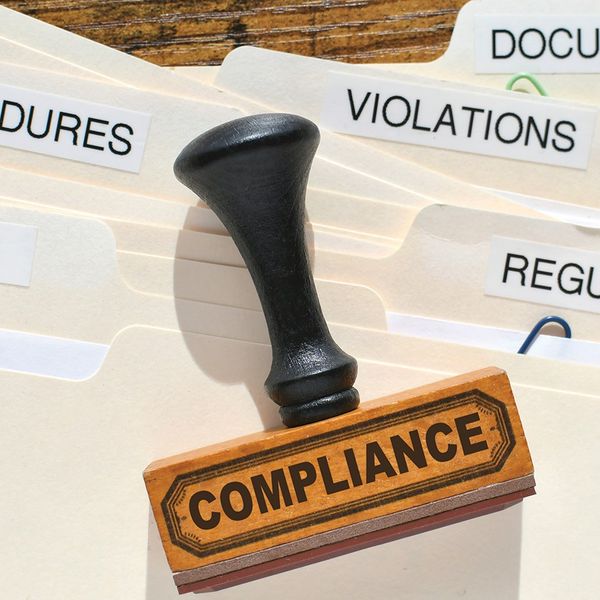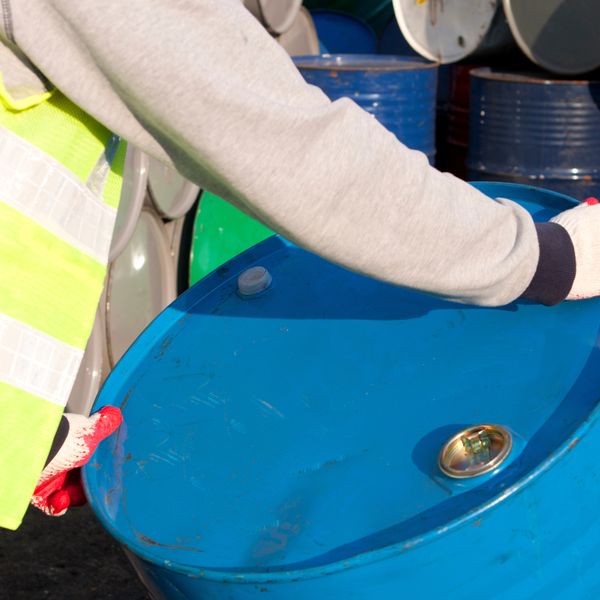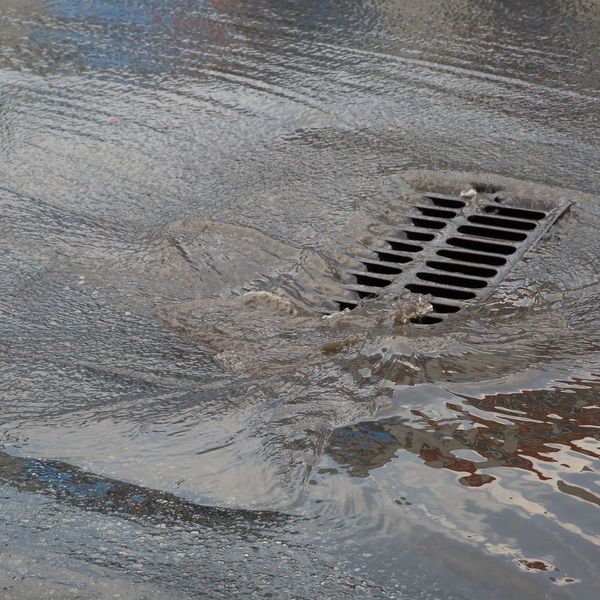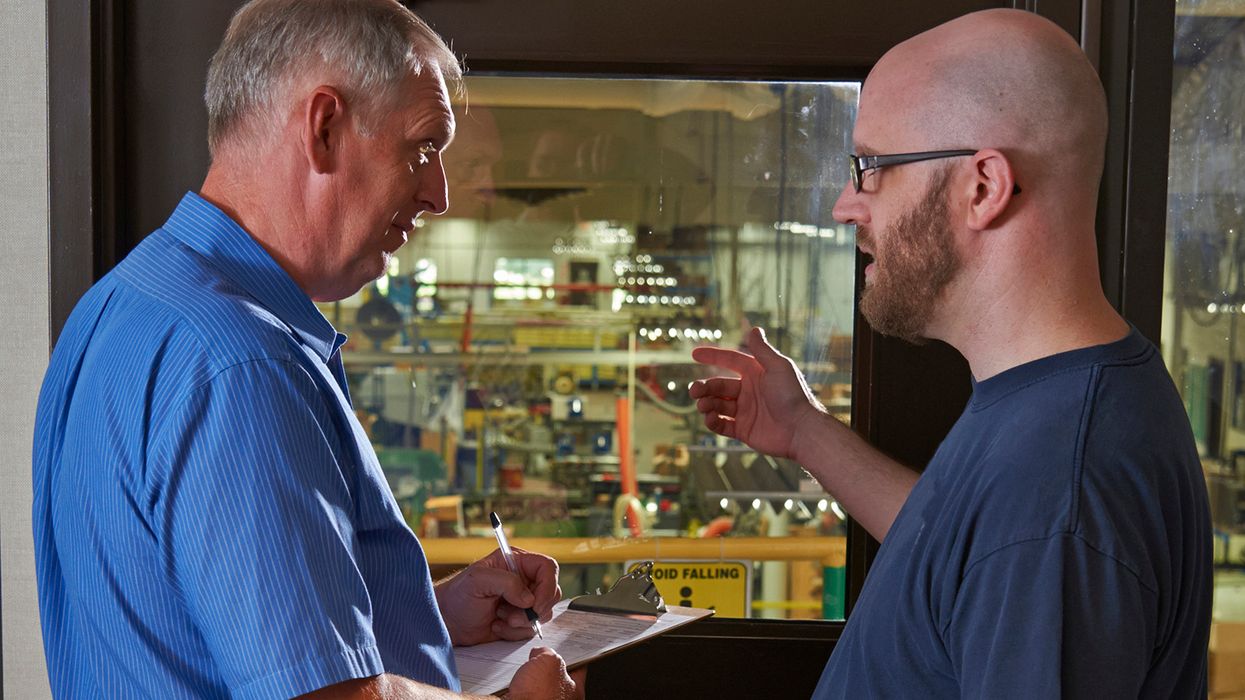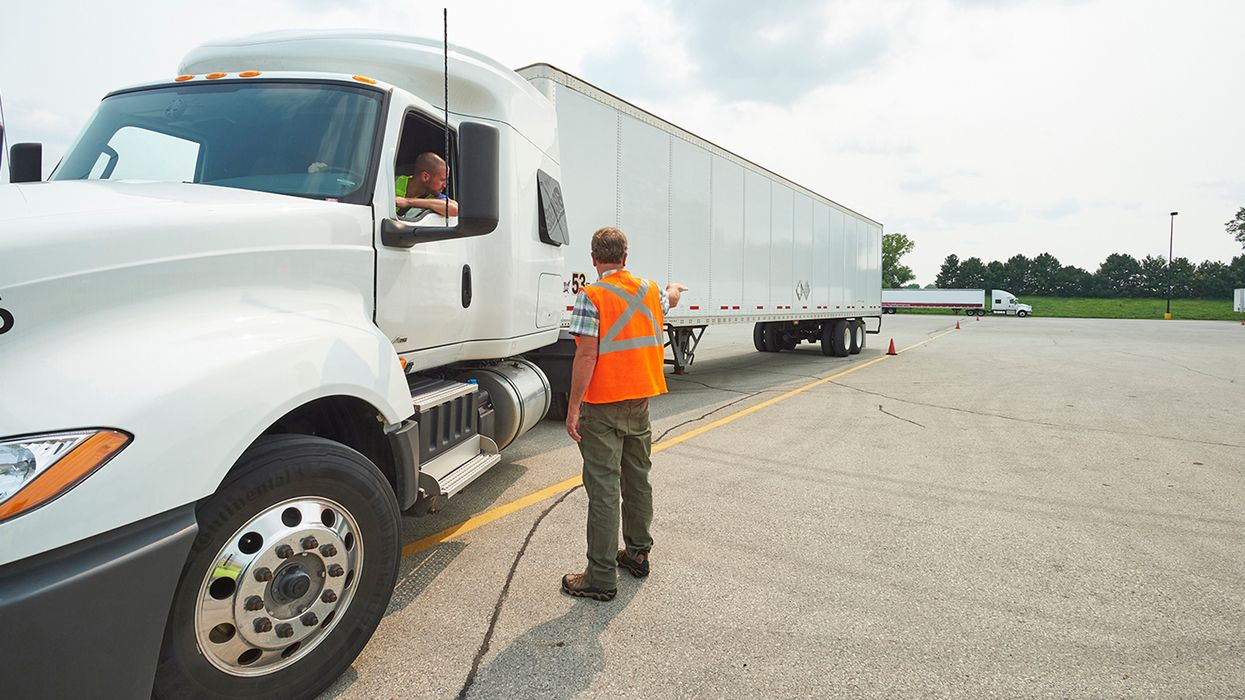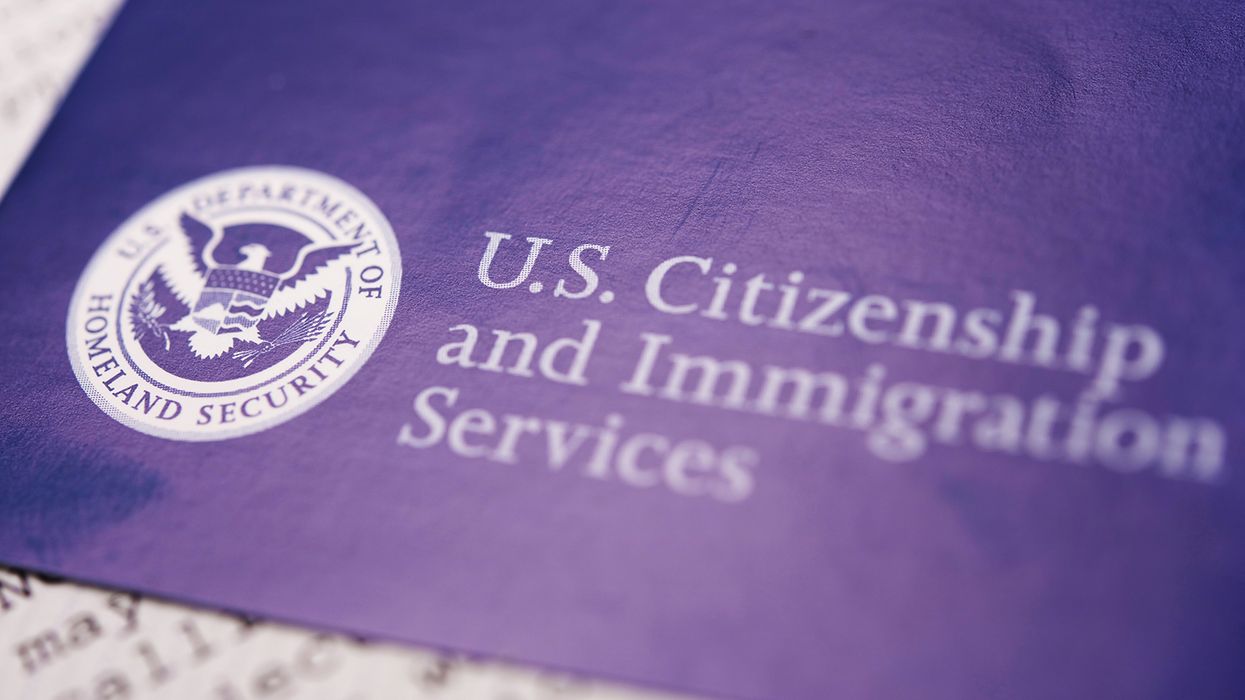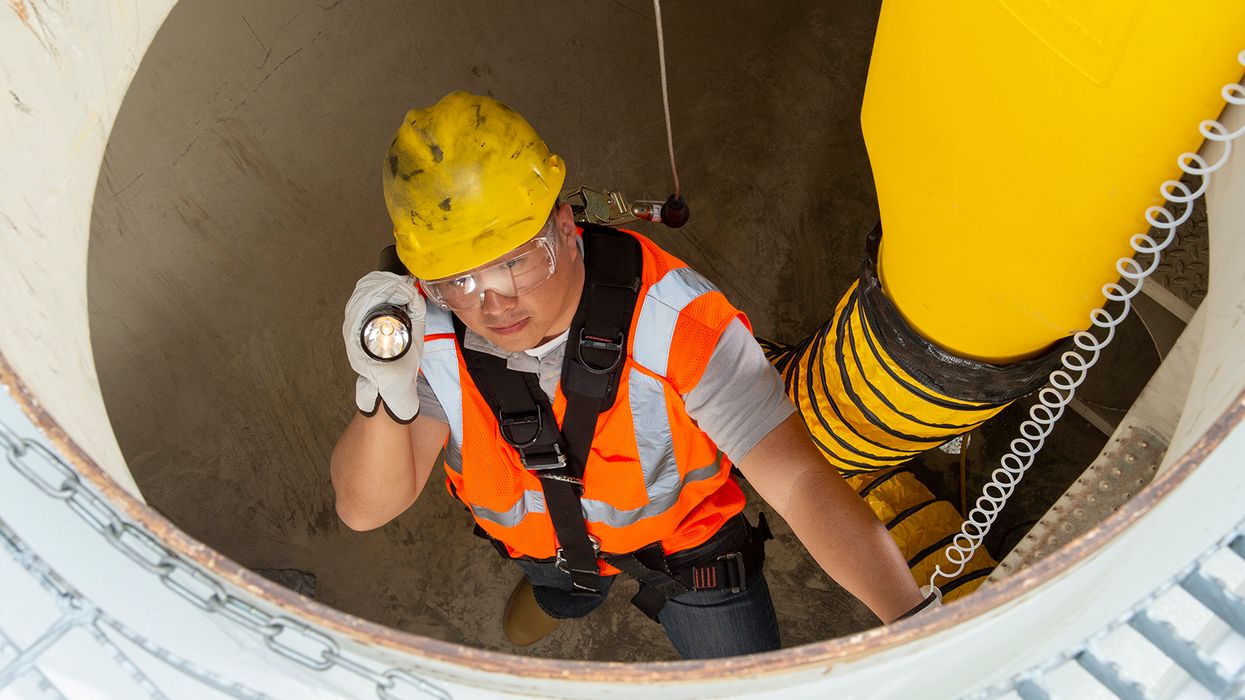Failure to identify and manage your hazardous waste could cost you
Managing hazardous waste can be a challenge, not only because of the burdensome regulations that come with it. But, many generators struggle with determining if their waste is hazardous in the first place. All other regulatory requirements hinge on this determination. An accurate determination is the first step in ensuring safe and compliant management of hazardous waste as part of the “cradle-to-grave” requirements of RCRA. The EPA expressly states that under RCRA, the waste generators are the first link in the hazardous waste management system. All generators are responsible for determining if their waste is hazardous and must oversee the ultimate fate of the waste.
On July 14, 2022, federal and state agencies settled with an agricultural and industrial chemical manufacturer for hazardous waste cleanup associated with alleged Resource Conservation and Recovery Act (RCRA) violations. The alleged violations include failing to identify and manage certain waste streams as hazardous waste correctly. Reports state that corrosive hazardous wastes were illegally mixed with process wastewater and phosphogypsum from the facility’s phosphoric acid production and disposed of in surface impoundments.
As a component of the cleanup process, wastewater will be contained in the phosphogypsum stacks and treated in the newly constructed water treatment plant. The manufacturer will now have to treat all contaminated wastewater, estimated to be over one billion pounds of acidic hazardous process wastewater over the next several years, in addition to ensuring the availability of the financial resources for environmentally sound closure of the facility. This will cost the company upwards of $84 million to secure the cost of closure alone and an additional $1,510,023 in civil penalties.
Assistant Attorney General Todd Kim of the Justice Department’s Environment and Natural Resources Division stated that the treatment of all contaminated wastewater was required to protect sensitive wetlands and the Mississippi River. And that securing financial assurance would protect taxpayers from paying future closure and cleanup costs. He further expressed that the settlement requirements demonstrate the agencies’ continued commitment to holding this industry accountable for past violations and future contingencies. Similar sentiments were echoed by Acting Assistant Administrator Larry Starfield for EPA’s Office of Enforcement and Compliance Assurance.
Under the settlement, the manufacturer must comply with RCRA requirements to make the correct waste determinations and subsequently manage all hazardous waste in compliance with the regulations. This mandate will be governed by the Louisiana Department of Environmental Quality (LEDQ) state program and the consent decree’s terms.
Executive Order 14008 calls on the EPA to strengthen enforcement of environmental violations through the Office of Enforcement and Compliance Assurance (OECA). According to the EPA, the enforcement and compliance program has quickly taken steps to implement their commitment to communities facing substantial burdens from environmental noncompliance and the contamination of sites, along with taking action to fight the urgent threat of climate change. This recent enforcement serves as a reminder for all hazardous waste generators, regardless of status, the importance of correctly characterizing and managing your hazardous waste.
Key to remember: As the EPA demonstrates commitment to rigorous enforcement actions, failure to determine and manage all aspects of your hazardous waste, whether intentionally or not could have significant costs.

